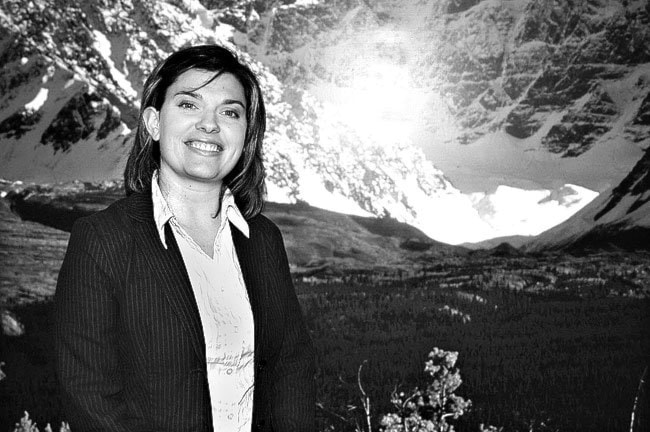Friends always know best.
Diamond-Tooth Gertie Lovejoy told Klondike Kate Rockwell that she was “plum crazy to fall for a patent leather kid who will love her, take her gold and leave her.”
Unfortunately for Kate, Gertie was right about the man she called the “patent leather kid”—Alexander Pantages.
Alexander Pantages was born Pericles Pantages in Greece in 1876.
After he heard the story of Alexander the Great, Pericles started calling himself ‘Alexander’ to reflect his ambition to conquer the world.
After running away from home at age nine, Alexander drifted through Cairo, Panama and northward through North America working a number of jobs until he ended in Skagway in the late 1890s.
He arrived in the frontier town with 25 cents and a pair of boots wrapped in a copy of the Seattle Post-Intelligencer newspaper.
When he got off the ship, men began offering him money for the newspaper—$5 and $10, according to the book Good Time Girls of the Alaska-Yukon Gold Rush.
“‘Not for sale,’ snapped Alexander, and that night hired a hall and a reader, selling tickets for one dollar a head to the news-starved public.”
Though he had come to the North to find his fortune he quickly realized that it was easier to take the gold directly from the prospectors rather than go out on the creeks and mine it himself, so that’s what he did.
Alexander moved on to Dawson and got a job slinging drinks in a saloon, where he assisted Klondike Kate in parting many miners from their hard-dug gold dust.
Soon after, Alexander opened the Orpheum Theatre with Kate as one of the biggest investors in the venture.
Kate quit her job performing at the Monte Carlo to star in the show Alexander, who was by then her lover, mounted at the Orpheum.
“Alex Pantages and I laughed, danced and worked hard during those months at the Old Orpheum. We opened it together and it became the brightest spot north of the International Boundary Line,” Rockwell wrote later in an article entitled I was Queen of the Klondike.
“In the spring we’d go picking poppies together on the banks of the Klondike. And we’d make plans for the day that we would marry.”
While Kate was guided by her love for Alexander, he was guided by his love of money.
“Meanwhile, Alexander focused on making his fortune, not only watching his audiences intently to figure out what they wanted, but after hours sweeping the floors and sifting out the gold dust,” according to Good Time Girls of the Alaska-Yukon Gold Rush.
Over the next few years Kate performed in shows all over the United States, while Alexander went to Seattle and started building a chain of theatres.
In 1905 Kate was performing in a show in her hometown of Spokane, Washington, when she heard that Alexander had married another woman - Lois Mendenhall.
In a subsequent interview with the Seattle Times Alexander denied even knowing Kate.
Despondent, Kate sued Alexander for damages and breach of promise to marry her. Kate later said she was awarded less than $5,000, while other sources claim the settlement was as large as $60,000.
By 1907, Alexander had three theatres in Seattle, and in 1908 he opened another in Vancouver.
By the 1920s he owned stock in dozens of theatres across Canada and the United States.
In 1929, Alexander was convicted (and then acquitted) of raping a 17-year-old girl. The trials broke him financially and spiritually.
He died in 1936.
This column is provided by the MacBride Museum of Yukon History.
Each week it will explore a different morsel of Yukon’s modern history.
For more information, or to comment on anything in this column
e-mail lchalykoff@macbridemuseum.com.
